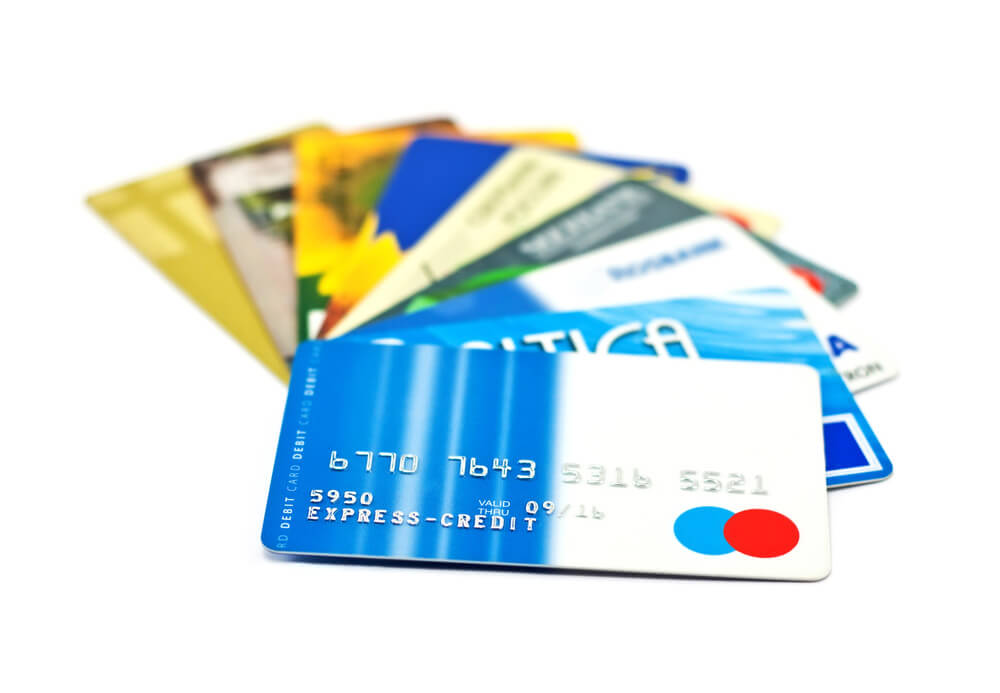Dear Gini,
Customers often ask me whether they should use their credit card or debit card for different types of purchases. Do you have any suggestions for a short answer?
Sally Banker
——————
Dear Sally,
Are you implying that my answers to other readers’ questions are too long? Well, in all seriousness the answer is a bit complicated. What’s best for the bank isn’t what’s best for the customer.
Let’s start with what’s best for the bank. The bank makes more money on credit transactions. Merchants must pay more money for credit or signature debit transaction than for PIN debit ones.
Not familiar with the terms signature debit transaction or PIN debit transaction? Here’s the scoop. When someone selects credit at the gas station, grocery store, or other merchant even though they’re using a debit card, this is known as a signature debit transaction. This type of transaction takes a little longer to post to someone’s account than a PIN debit transaction – one where the customer enters their PIN at a point-of-sale (POS).
Since merchants have to pay card issuers more money for signature debit transactions, it’s in your bank’s best interest for its customers to use their debit card like a credit card.
So what advice should you give your customer? The short answer is this – tell your customer to use a debit card to control their budget, purchase small items, and get cash at an ATM or cash back at a store. Not one to hold a grudge (about the suggestion I’m too wordy), I’m going to arm you with more details. You know – just in case your customer asks a follow up question or two.
Control your budget: What you don’t have, you can’t spend. To control spending, a debit card is the way to go.
Get cash at an ATM or cash back at a store: Taking a cash advance on your credit card will cost you time and money. Most card issuers charge a fee for cash advances. You’ll have to make a special trip to the bank to get a cash advance. On the other hand, debit cards let you make withdrawals fee-free at grocery stores, retailers, and at your bank’s ATMs.
Purchase small items: Use your debit card for smaller everyday purchases.
Are there times when your customers should use a credit card? Sure there are. Here’s when it makes sense to use a credit card.
Purchase large items: Credit cards were designed for big ticket items that you need to finance for 2 to 12 months or longer.
Earn reward points or cash back: Rewards cards are perfect for people who can pay off their balance each month. Those folks can avoid high interest charges will earning points toward travel and merchant benefits or to get cash back.
Get protection: It’s easy to dispute fraudulent transactions made on your credit card. In addition, some credit cards offer extended warranties, price matching, and purchase protection if you get a faulty item.
Travel: It makes more sense to use a credit card when traveling outside the country. Foreign transaction fees on debit cards can be as high as three percent and add up quickly.
Rental car insurance: Many credit cards offer collision damage waiver coverage when renting a car.
While your question seems like it should have a straightforward answer, you can see it doesn’t. My advice is that you encourage your customers to use debit cards for day-to-day living (for gas, groceries, eating out, and small purchase) and to use credit cards for the big ticket items and special circumstances.
Good luck,
Gini

Ask Gini Terms
Content provided in this blog is for entertainment purposes only. Ask Gini blogs do not reflect the opinion of BankersLab. BankersLab makes no representations as to the accuracy or completeness of information in this blog. BankersLab is not liable for any errors or omissions in this information nor for the availability of this information. These terms and conditions of use are subject to change at anytime and without notice.


